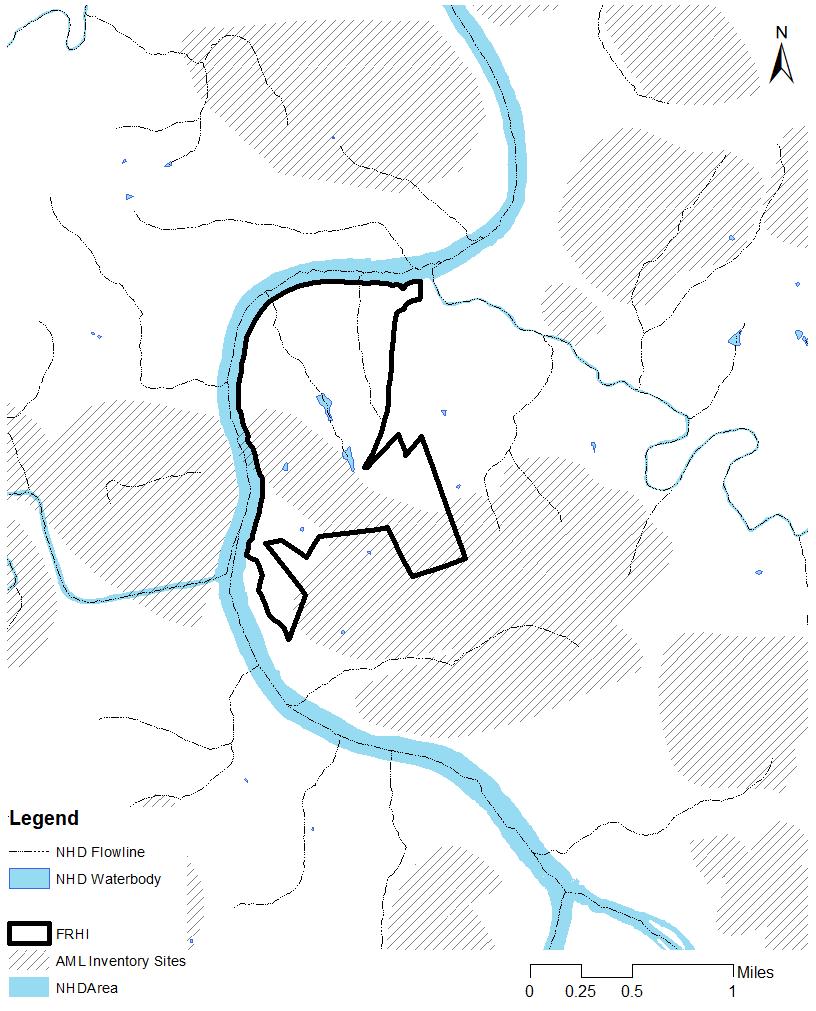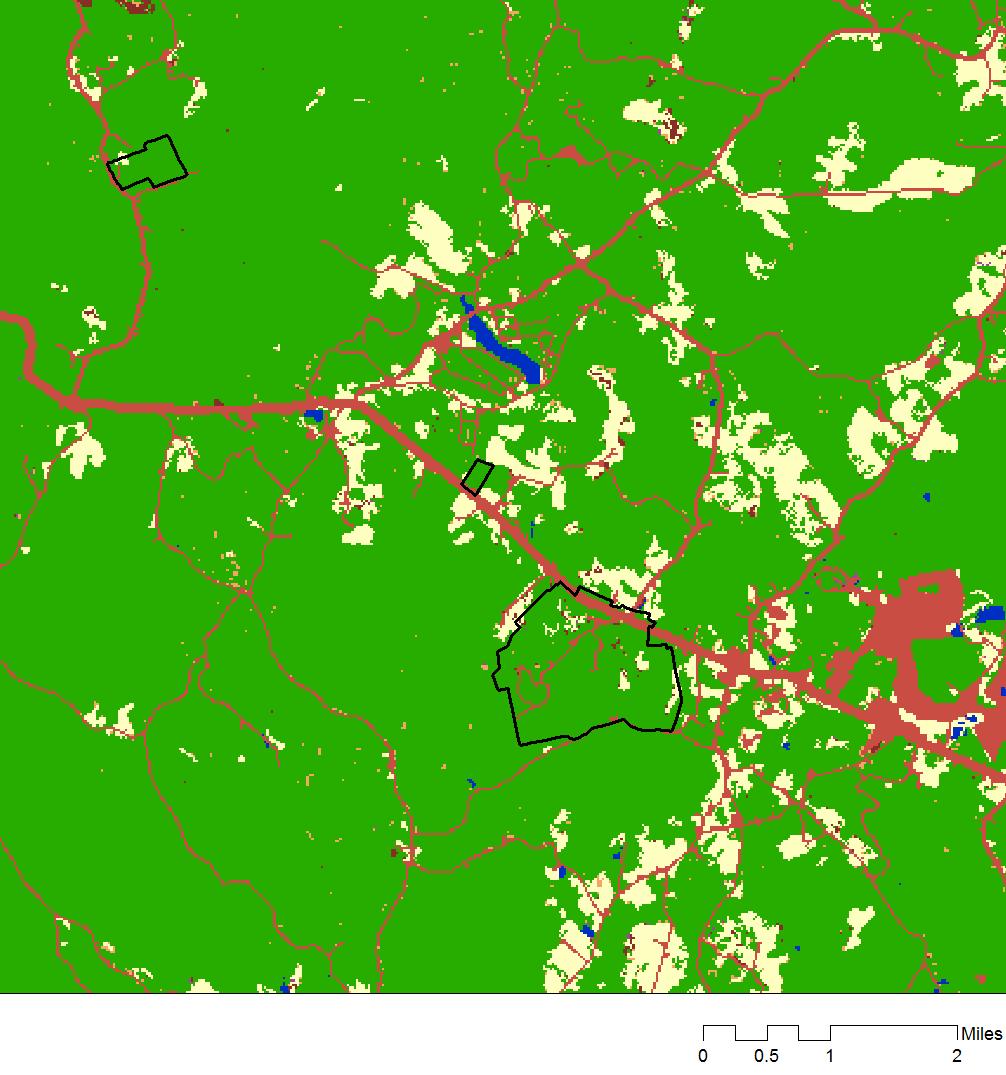
1 minute read
Doctoral Research: Withering Waterscapes
‘Withering Waterscapes’
A Study of the East Kolkata Wetlands as a Social-Ecological System
Advertisement
My research examines the barriers to adopting a symbiotic relationship between urban development and conservation of local water resources by studying the human- and institutewater negotiations surrounding the East Kolkata Wetlands (EKW), India.
Doctoral Research | Adviser: Dr. Charles Andrew Cole Department of Architecture, Penn State
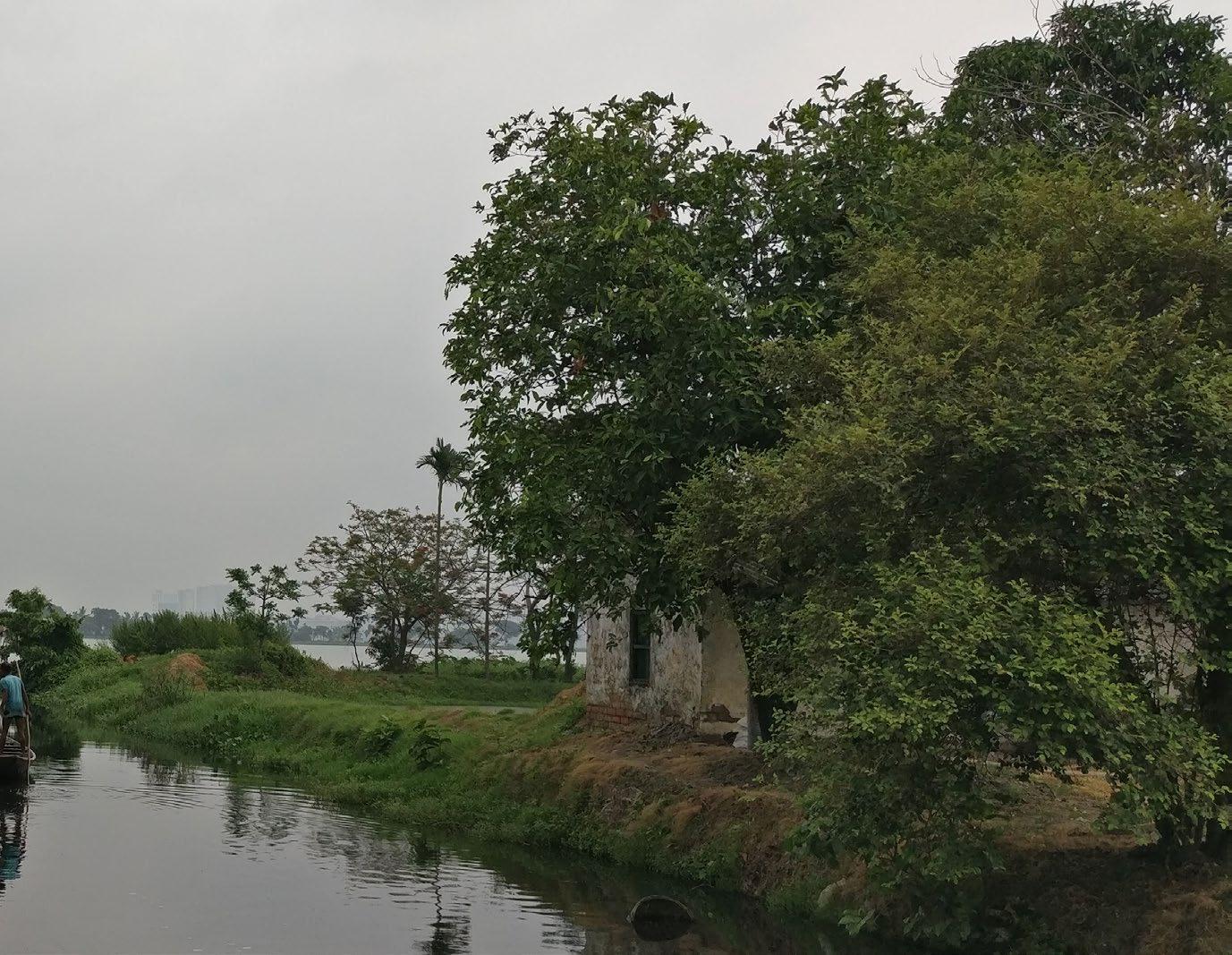
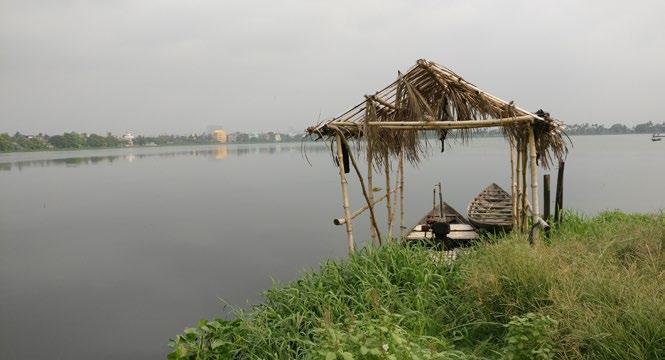
The EKW treats the city’s wastewater using sewage-fed fisheries, which save costs of artificial wastewater treatment and provide employment to local people.
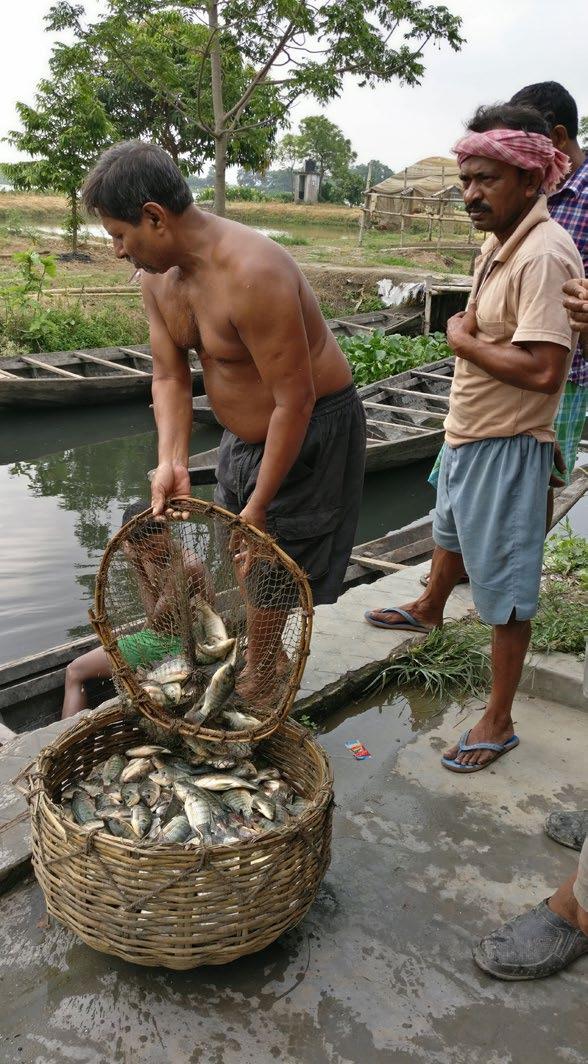
Research methods: • Photographic documentation • Interviews • Archival study
Analysis: • Human-water interactions • Institute-water interactions
“Do not throw garbage in the canal or on its banks“
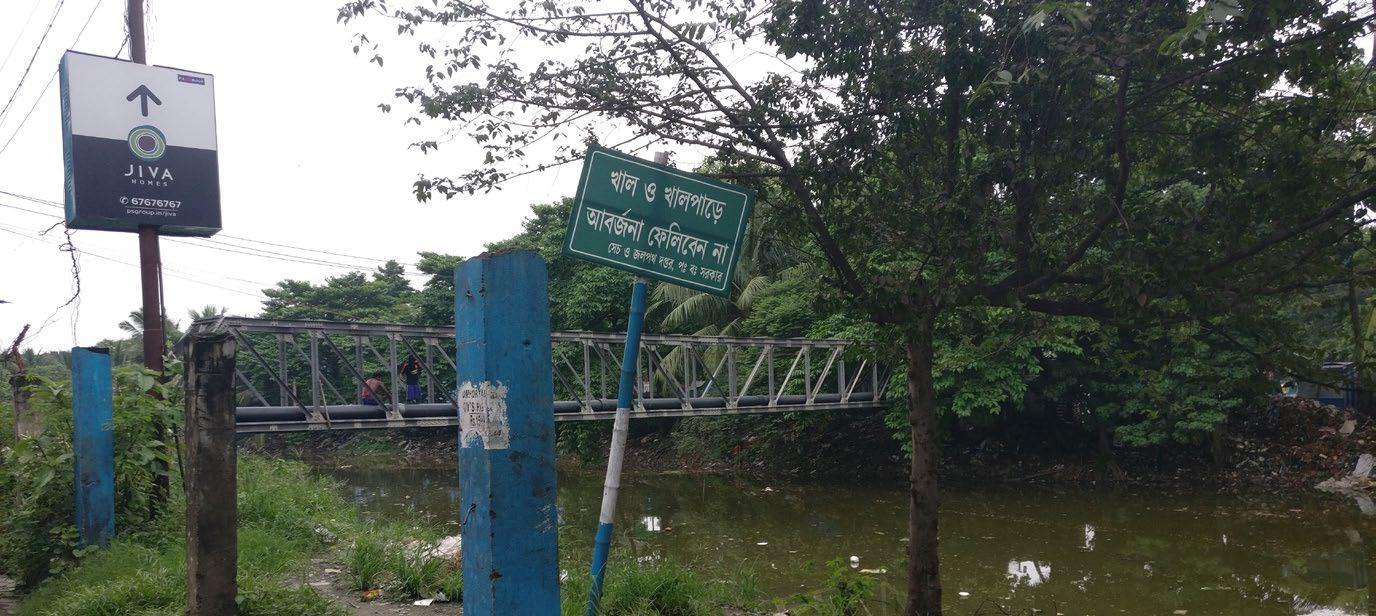
- Department of Irrigation and Waterways, Government of West Bengal
As citizens and the government blame each other for polluting the city’s waterways, people in Kolkata are increasingly distanced from the rich ecological assets that surround them in the form of bogs, ponds, canals, and wetlands. Social drivers for ecological decisions have influenced spatial decisions in urban development since the colonial era.
River Hooghly
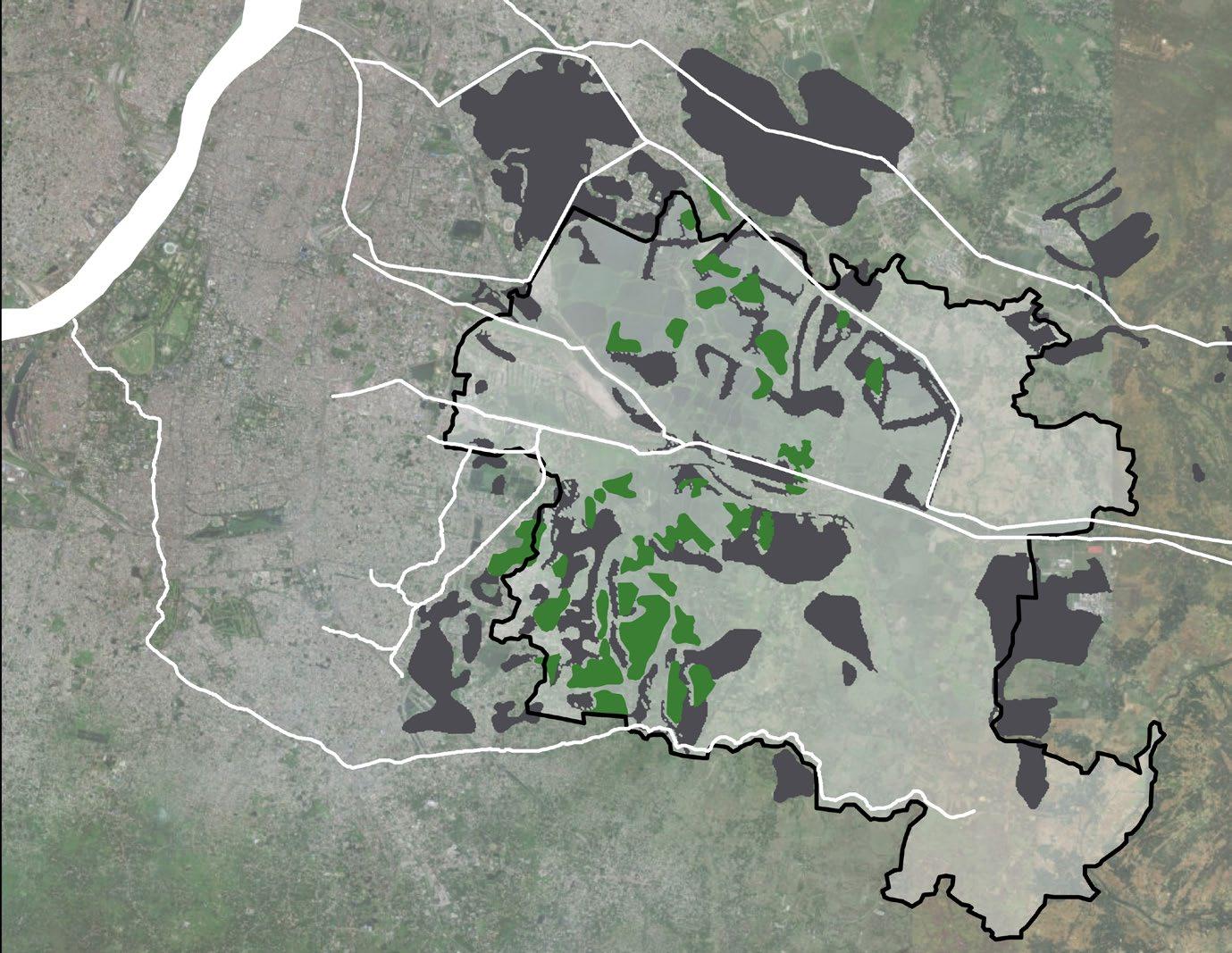

East Kolkata Wetlands
Loss of wetland since 1880. Wetland lost to agriculture Wetland lost to urbanziation
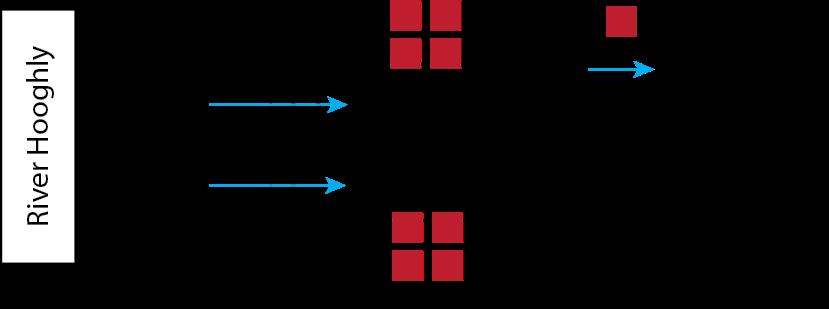
The landscape structure of Kolkata, EKW and existing spatial conflicts from transit corridors and encroaching real estate. Interactions between subsystems in Kolkata and the EKW highlight scopes of bridging the widening gap between resource users (U) and governance systems (GS).
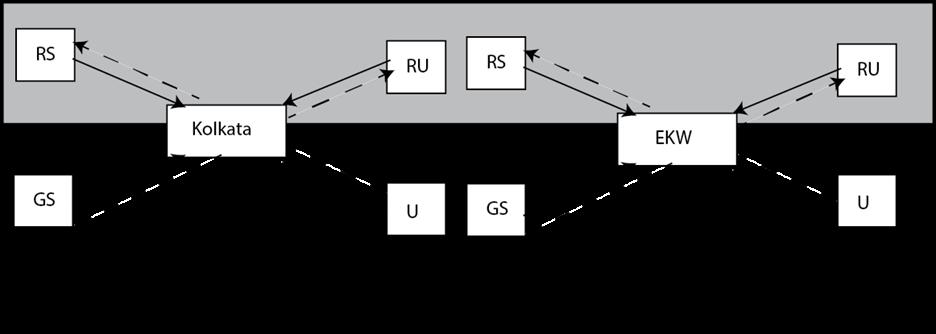
Elinor Ostrom’s framework for socialecological systems is adopted to scrutinize water-related spatial decisions by identifying linkages between four subsystems: resource systems (RS), resource units (RU), users (U) and governance systems (GS).
Findings: i) Conflicts between naturally adapted infrastructure and human-constructed ones increase stress on RS and RU. ii) Widening gap between U and GS bridged by mediaries like NGOs and
politically supported groups.

